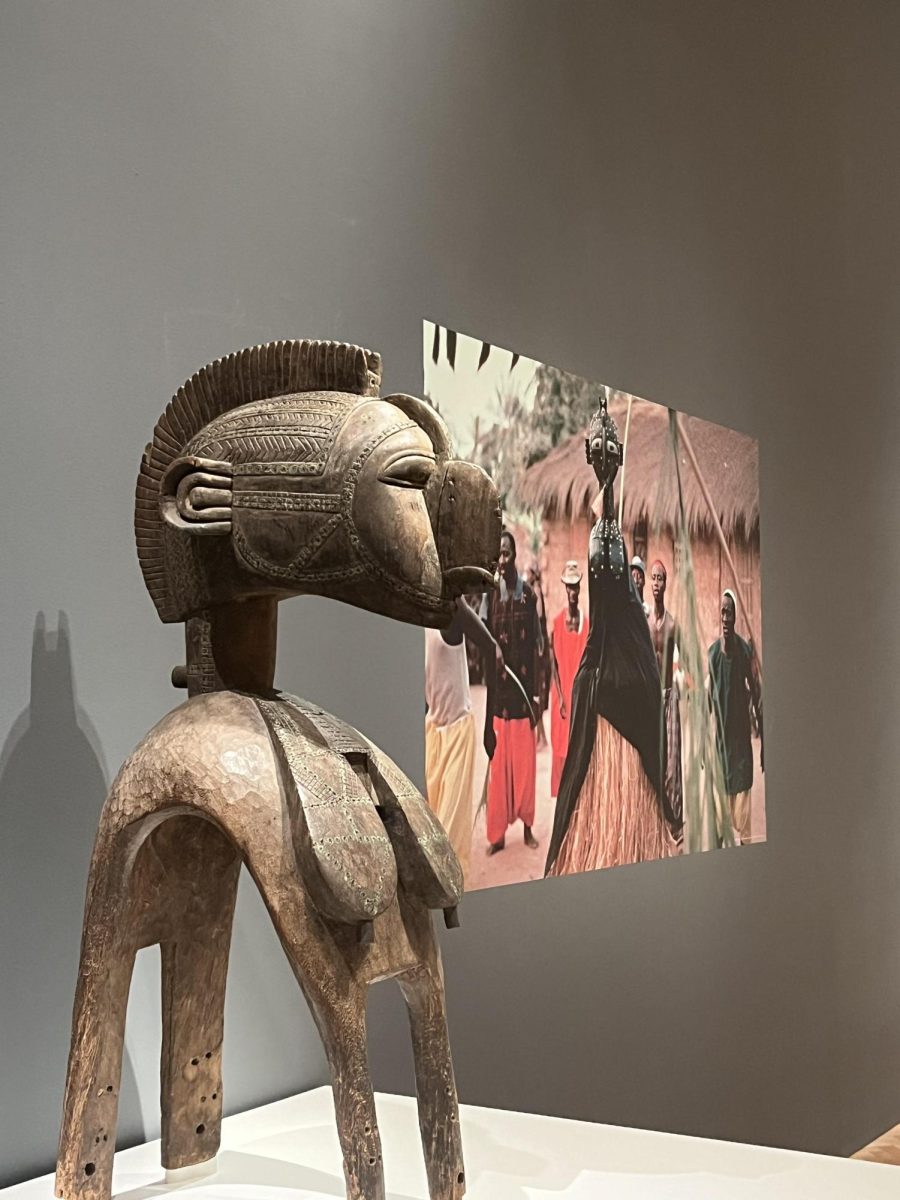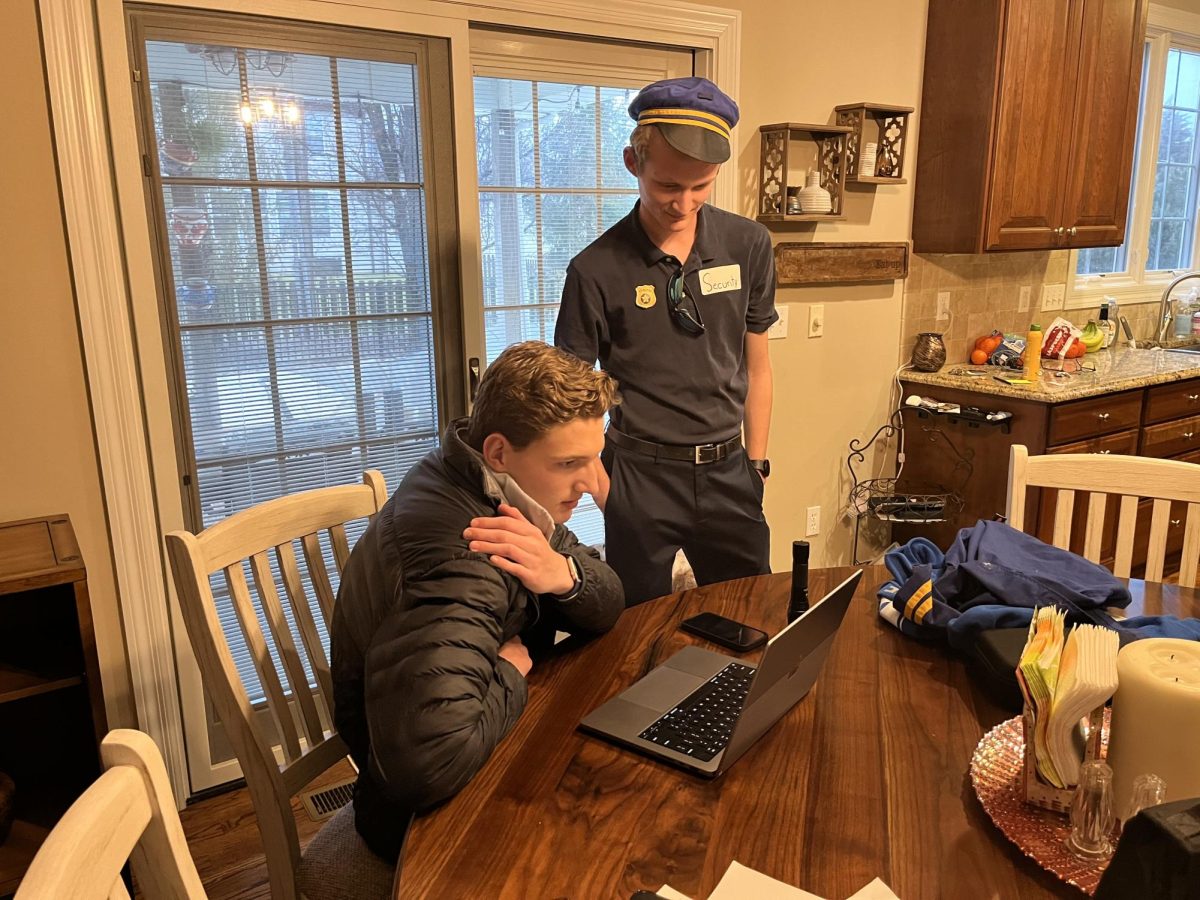Just across the river, there is a whole forgotten world. It has become very easy and fashionable in a west county community to sponsor a child from Africa and maybe send them a Christmas present every year. However, how often does one venture into the notorious East St. Louis and try to fix the numerous problems closer to home?
The reason for help sent being scarce is the lack of awareness of what happened and continues to happen in this neighboring city. It is of utmost importance to open the eyes of the average St. Louis county citizen in order to do something about this forsaken land.
“No matter how bad you think the crime and corruption problem is in East St. Louis, it’s probably worse. Stephen R. Wigginton, the U.S. attorney for southern Illinois, says that East St. Louis and the nearby communities of Alorton, Brooklyn and Washington Park are ‘America’s war zone,’” wrote the Editorial Board from the St. Louis Post-Dispatch on May, 6 2012.
But the reason for East St. Louis’ downfall remains unclear to many. Years before it was bustling with industry and economic success.
According an article written by the Federal Reserve Bank of St. Louis in the winter of 2002-2003, “At the turn of the century, East St. Louis was a thriving industrial town built by the ‘great capitalists,’ including Andrew Carnegie and J.P. Morgan. The railroad played a major role in its economic growth. Factories ran 24 hours a day. Jobs were plentiful. The population not only grew, but doubled each decade through the first half of the 1900s. In 1959, the National Civic League named East St. Louis an All-America City, honoring its culture of civic excellence and the cooperative spirit among residents, businesses, nonprofits and government.”
Unfortunately, businesses began moving out to find bigger opportunities between 1960 and 1970. This led to a shockingly high unemployment rate of 70%, and the population began to quickly decrease for the rest of the twentieth century.
“East St. Louis and devastation became synonymous,” states the Federal Reserve Bank of St. Louis
As a result, poverty and crime are abundant in the city, and it’s streets are much more dangerous.
According to the St. Louis Post-Dispatch, “The homicide rate in East St. Louis is 20 times the national average. It’s more than twice the rate of Gary, Ind., Detroit and St. Louis. It’s higher than Iraq’s…It is a national tragedy.”
A few things have been done to get the city back on its feet. The federal government’s Enterprise Community Program has worked to improve the community with the help of private-sector investors.
“Other partners that are committed to improving East St. Louis include the Casino Queen Foundation, which provided partial funding for Kim’s Kids, a 24-hour day-care facility; the Jackie-Joyner Kersee Center, which provides educational and recreational programs for children; and the Metro East Lenders Group, a group of banks working together on economic development in East St. Louis and in nearby distressed cities,” wrote the Federal Reserve Bank of St. Louis
One driven lady along with seven of her friends banded together with the University of Illinois at Urbana-Champaign to create the East St. Louis Action Research Project.
According to the Federal Reserve Bank of St. Louis, “The group sought help from the university and also was instrumental in organizing a coalition of black churches to assist them. Through the years, they were able to develop partnerships among local community-based organizations, public agencies and university students and faculty.”
The Illinois state treasurer eventually noticed their efforts and gave $75,000 to the city.
“They used it to buy materials for more serious rehabs of houses. Habitat for Humanity workers offered their help and started a faith-based initiative in East St. Louis to construct new houses,” stated the Federal Reserve Bank of St. Louis
While dedicated community groups have tirelessly worked to improve East St. Louis, it still seems to be stuck in a rut. With a political system that’s not working and an unforgiving cycle of poverty trapping the citizens, much more work will be needed to revive the once great city.









